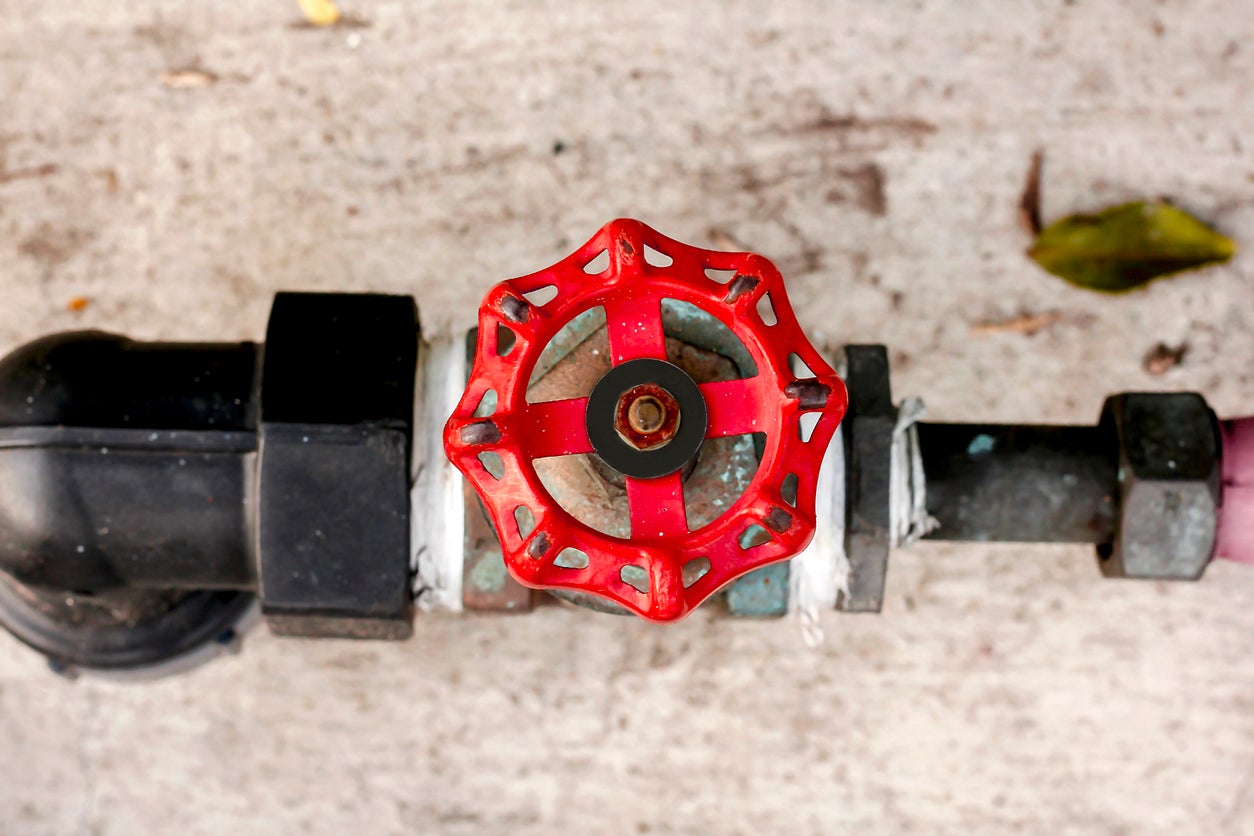We have come across this great article involving Dealing with Low Water Pressure in Your Home down the page on the net and thought it made perfect sense to talk about it with you over here.

Low water stress in your house can be an aggravating problem, influencing every little thing from bathing to cleaning dishes. If you're experiencing weak water circulation, there are several feasible causes and remedies to check out. In this overview, we'll talk about usual reasons for low tide stress and practical actions to resolve the issue successfully.
Intro to Low Tide Pressure
Low water stress takes place when the flow of water from your taps, showers, and other fixtures is weak than typical. This can make day-to-day tasks much more difficult and much less reliable. Recognizing the causes of low water pressure is critical to locating the appropriate remedy.
Usual Root Causes Of Low Water Pressure
Pipeline Obstructions
With time, pipes can come to be blocked with mineral deposits, sediment, or particles, restricting the circulation of water. This is an usual problem in older homes with galvanized steel pipes.
Corrosion
Deterioration within pipes can lead to leakages and minimized water stress. Corrosion buildup can tighten water circulation, particularly in aging plumbing systems.
Faulty Stress Regulators
Stress regulators are in charge of maintaining regular water stress in your home. If they malfunction, it can lead to low tide stress or uneven circulation throughout your house.
Metropolitan Water Supply Issues
Occasionally, the problem exists outside your home. Municipal water supply problems, such as main line leakages or upkeep job, can momentarily minimize water stress in your location.
Exactly How to Identify Low Tide Stress
Examining Taps and Components
Beginning by examining the water pressure at different faucets and fixtures throughout your home. If the issue is separated to particular areas, it might show local troubles.
Evaluating Pipelines
Examine visible pipes for signs of leakages, rust, or obstructions. Take notice of any type of unusual audios, such as banging or rattling pipes, which might indicate problems within the plumbing system.
Consulting with a Plumber
If you're unable to determine the reason for low tide stress, think about working with an expert plumber to perform a complete assessment. They can identify underlying problems and advise appropriate solutions.
DIY Solutions to Take Care Of Low Tide Pressure
Cleaning Up Aerators and Showerheads
Natural resources can accumulate in aerators and showerheads, decreasing water flow. Eliminate and clean up these elements regularly to improve water pressure.
Flushing Water Heater
Debris accumulation in the hot water heater can restrict flow and reduce performance. Flushing the storage tank occasionally helps eliminate sediment and keep optimal efficiency.
Examining Stress Regulator
Guarantee that the pressure regulator is functioning appropriately. Readjusting or replacing the regulator can aid recover appropriate water pressure throughout your home.
Clearing Up Clogs in Water Lines
For minor obstructions, try making use of a plumbing snake or chemical drain cleaner to clear blockages in pipes. Beware when utilizing chemicals and adhere to security standards.
When to Call an Expert Plumber
If do it yourself initiatives fall short to solve the issue or if you think substantial plumbing problems, it's finest to look for support from a qualified plumber. They have the competence and devices to resolve intricate problems securely and efficiently.
Safety Nets to Preserve Water Stress
Normal Maintenance
Arrange regular maintenance for your plumbing system to avoid problems such as deterioration, leakages, and blockages. Dealing with minor problems early can aid stay clear of more significant repair services later.
Installing a Stress Booster
Take into consideration mounting a stress booster pump to improve water pressure in locations with constantly low circulation. This can be particularly helpful for multi-story homes or residential properties with high-demand fixtures.
Surveillance Water Use
Be mindful of water use habits and prevent ill-using the plumbing system. Easy adjustments, such as staggering showers and laundry lots, can assist keep adequate water pressure.
Final thought
Managing low water pressure can be aggravating, however recognizing the underlying causes and carrying out proper remedies can recover optimum circulation throughout your home. Whether it's cleansing aerators, inspecting pipelines, or consulting with a plumber, taking aggressive actions can make certain a consistent supply of water for your everyday requirements.
FOUR WAYS TO FIX LOW WATER PRESSURE NOW
Turning on a shower or faucet only to find the water comes out in a sad, slow drizzle is never a good feeling. How exactly are you supposed to wash a pan or take a quick shower when it takes 10 minutes just to rinse off a little soap? The good news is that when your water pressure is bad, there's always a cause: typically one that can be easily fixed. Here are some of the most common causes of low pressure and what you can do to fix the issue:
DEBRIS AND MINERAL DEPOSIT BUILDUPS
If you notice low water pressure from just one or two of the fixtures in your house, the problem likely has to do with debris buildup. Water is full of minerals and other debris, all of which can accumulate in your pipes and on your fixtures. This can cause a blockage that affects how much water flows through. To fix this, try filling a small plastic bag with white vinegar, and use a rubber band to hang it around your showerhead or faucet. Let the head of the fixture soak for a few hours, and the vinegar should loosen the deposits.
WATER LEAKS
Leaks are another common cause of low water pressure. If water is flowing out of your plumbing through a hole or crack before it can reach your fixture, the pressure coming out of the faucet or showerhead will be lower. A plumbing professional is your best bet for finding and repairing a leak in your water supply pipes.
Leaks are another common cause of low water pressure. If water is flowing out of your plumbing through a hole or crack before it can reach your fixture, the pressure coming out of the faucet or showerhead will be lower. A plumbing professional is your best bet for finding and repairing a leak in your water supply pipes.
A VALVE ISSUE
If you have low water pressure throughout your home, check your main shut-off valve to make sure it's completely open. You may also want to see if there's a pressure-reducing valve installed. If there is, have a plumber help you adjust the settings to get the pressure you're looking for.
OTHERS USING WATER
Believe it or not, your low water pressure could be caused by your neighbors. If you notice low pressure at certain times of day, it may be because you and the people living next to you have similar schedules - when everyone is showering at the same time, the pressure will be lower in every home. Low pressure throughout the neighborhood may also be caused by an issue with your municipal water supply. If that's the case, call the supplier to see if they're working on the issue.
https://www.rotorooter.com/blog/water-leaking/low-water-pressure-fixes/

We hope you enjoyed reading our excerpt about Low Water Pressure in the House?. Thank you so much for taking time to read our blog. Please set aside a second to share this blog posting if you appreciated it. I cherish reading our article about Low Water Pressure in the House?.
Book Maintenance
 Christina Ricci Then & Now!
Christina Ricci Then & Now! Jenna Von Oy Then & Now!
Jenna Von Oy Then & Now! Sydney Simpson Then & Now!
Sydney Simpson Then & Now! Pierce Brosnan Then & Now!
Pierce Brosnan Then & Now! Ricky Schroder Then & Now!
Ricky Schroder Then & Now!